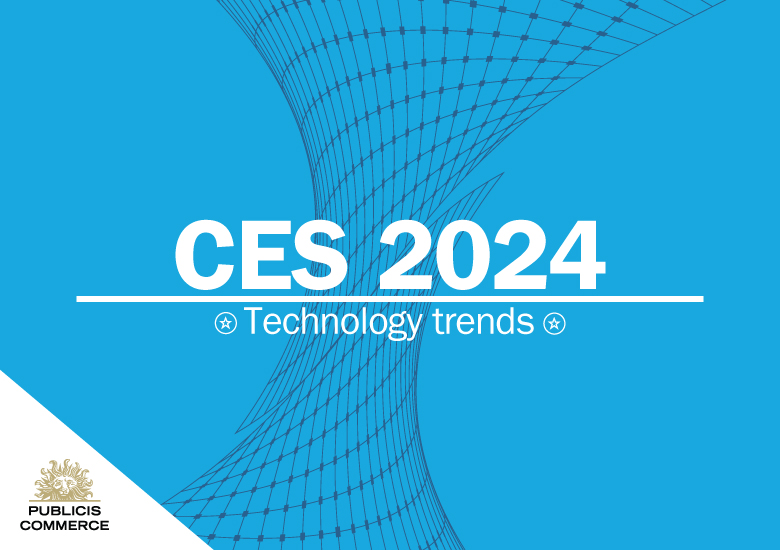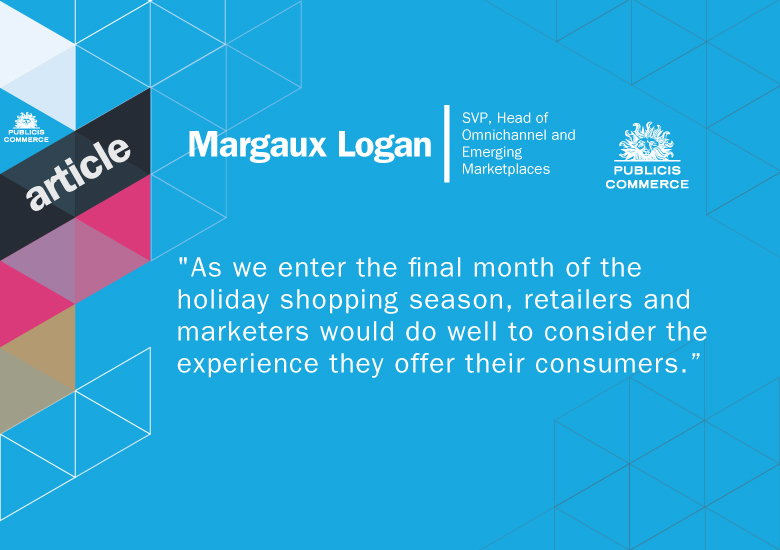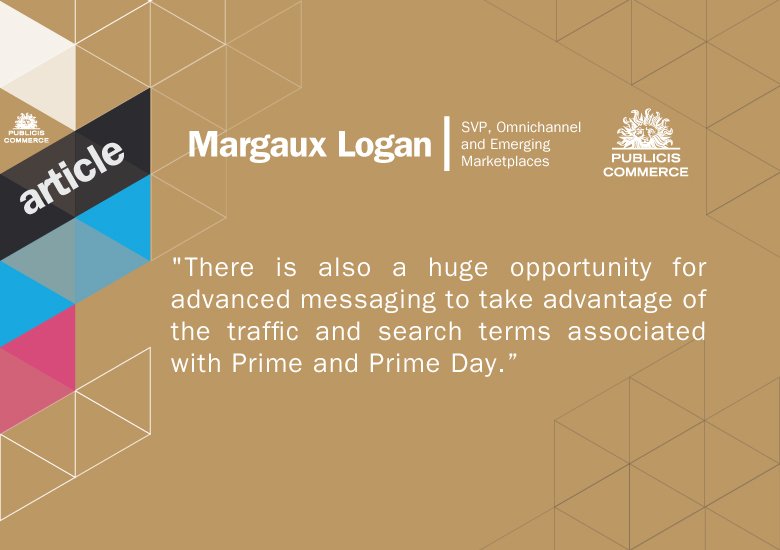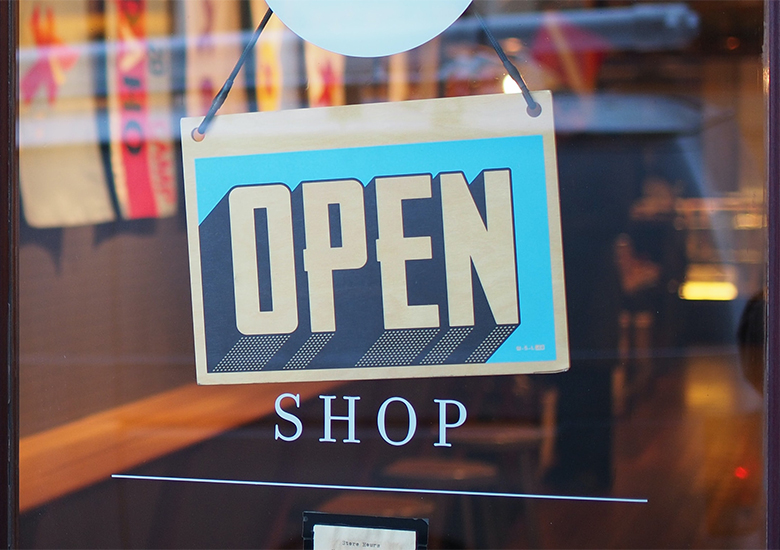Prime Day Essentials Fuel Preparedness
Prime Day 2023 is on the horizon, set to take place July 11-12. With eight years of Prime Day behind us, we have become familiar with the essentials: ensuring retail readiness, optimizing content, and planning pre- and post-Prime Day search and optimization strategies.
We have also witnessed a shift in how Amazon uses Prime Day, especially in 2022, as a strategic approach to shaping consumer behavior during the event. This shift was particularly evident in the household goods category, which Amazon emphasized by offering significant discounts. Here are some key observations:
This emphasis on household goods indicated that consumers were willing to invest in essential categories, demonstrating their readiness to seize attractive deals despite concerns about inflation. In 2022, the inflation rate stood at 6.5%, whereas year-to-date in 2023, it has been recorded at 4.9%.
By providing enticing deals in a category where competitors like Walmart and Target excel, Amazon successfully diverted shoppers' attention from those retailers for the remainder of the year. This strategic move resulted in a decrease in competitor basket size and footfall, albeit with a temporary impact on Amazon's profit margin.
Equipped with our proprietary Publicis research and data, powered by Profitero and Epsilon, we possess an unprecedented level of intelligence on what brands should anticipate and prepare for. With this wealth of information, we are better equipped than ever to provide valuable insights and guidance.
Up to 44% of Shoppers Research on Amazon before Visiting a Physical Store
New research from Profitero highlights that up to 44% of shoppers research on Amazon before visiting a physical store. This behavior is most prevalent in electronics & toys but is also common for FMCG (fast-moving consumer goods).

Based on the above logic, can we assume that Prime Day and other related retail events during this period will primarily revolve around deals this year as well? Yes, but with an expected level of precision to drive strategic gain.
However, what remains uncertain is the behavior of consumers and how they will approach their shopping experience, particularly now that Prime Day-type events are no longer exclusive to Amazon. It raises questions about Walmart and Target's plans for this timeframe and how their participation might impact the overall shopping landscape.
Deal Days: Amazon vs Target vs Walmart
Using Epsilon’s PeopleCloud Discovery, we set out to understand the differences between customers that are most loyal to Amazon versus Target versus Walmart.* If we seek to understand these loyal customers’ respective value propositions, we get a glimpse into what retailers may capitalize on to drive both action and loyalty.
Budget vs Convenience
In summary, the analysis reveals that Amazon and Target loyalists are primarily motivated by convenience, with both groups being 24% more likely to prioritize convenience compared to the average US customer.
On the other hand, Walmart Loyalists are driven by budget considerations, being 23% more likely to prioritize budget compared to the average US customer. This aligns with the finding that over half of these customers are living paycheck-to-paycheck, as indicated by the PeopleCloud Discovery data.
When it comes to budget preferences, three primary categories emerge: Incentive Seekers, Everyday Low-Price Shoppers, and Points Chasers. Incentive Seekers heavily rely on coupons and actively seek out deals. Everyday Low-Price Shoppers prioritize finding the best prices available and often shop at discount retailers and purchase private label products. Lastly, Points Chasers are enthusiastic participants in loyalty programs, desiring rewards and recognition for their purchases and loyalty.
Our research indicates that a significant portion of both Amazon and Target Loyalists fall into the Points Chasers category, while Walmart Loyalists predominantly identify as Everyday Low-Price Shoppers. This observation underscores the successful branding efforts by Walmart in positioning itself as a destination for consumers seeking consistent low prices.

Convenience plays a crucial role in a customer's value proposition, with two notable convenience preferences being Delivery and Pick-Up.
For both Amazon and Walmart Loyalists, Delivery takes precedence over Pick-Up. However, Target Loyalists highly prioritize both Delivery and Pick-Up options.
It is noteworthy that approximately one-third of Amazon Loyalists consider Pick-Up a priority. This could be seen as a unique competitive advantage for Target since Amazon's pick-up options are very limited.

What this Means for Brands
As Prime Day draws near, it is important for any brand, regardless of retailer (Amazon, Target, Walmart), to know their customers; and that goes beyond demographics or online browsing habits and social media usage. While these are essential factors to consider, understanding the drivers of the customer’s value proposition is crucial for creating the most effective promotional calendar, engagement campaigns, and impactful messaging. Further, aligning with specific preferences and needs, businesses can maximize the impact of their efforts during this critical retail period.
Through our understanding of the marketplace with our proprietary tools at Profitero and Epsilon, Publicis Commerce is primed to help brands navigate deal days throughout the year.
*US Annual Inflation Rate YTD May 2023
** Methodology: We pulled together 3 segments using PeopleCloud – one for each retailer. We wanted to make each segment as mutually exclusive as possible so we made sure to exclude any customer that also considered themselves loyal to another retailer. For example, to qualify for the Target segment, a customer must be highly likely to be a Target Enthusiast but cannot be highly likely to be either a Walmart or an Amazon Enthusiast.
Download the Prime Day Key Insights report here.
















